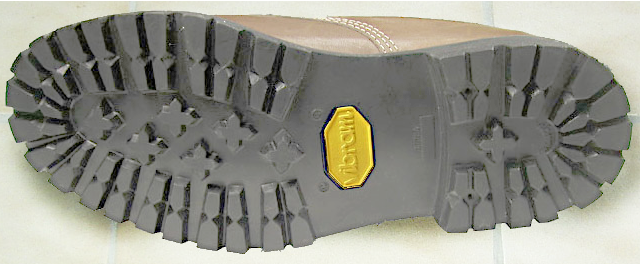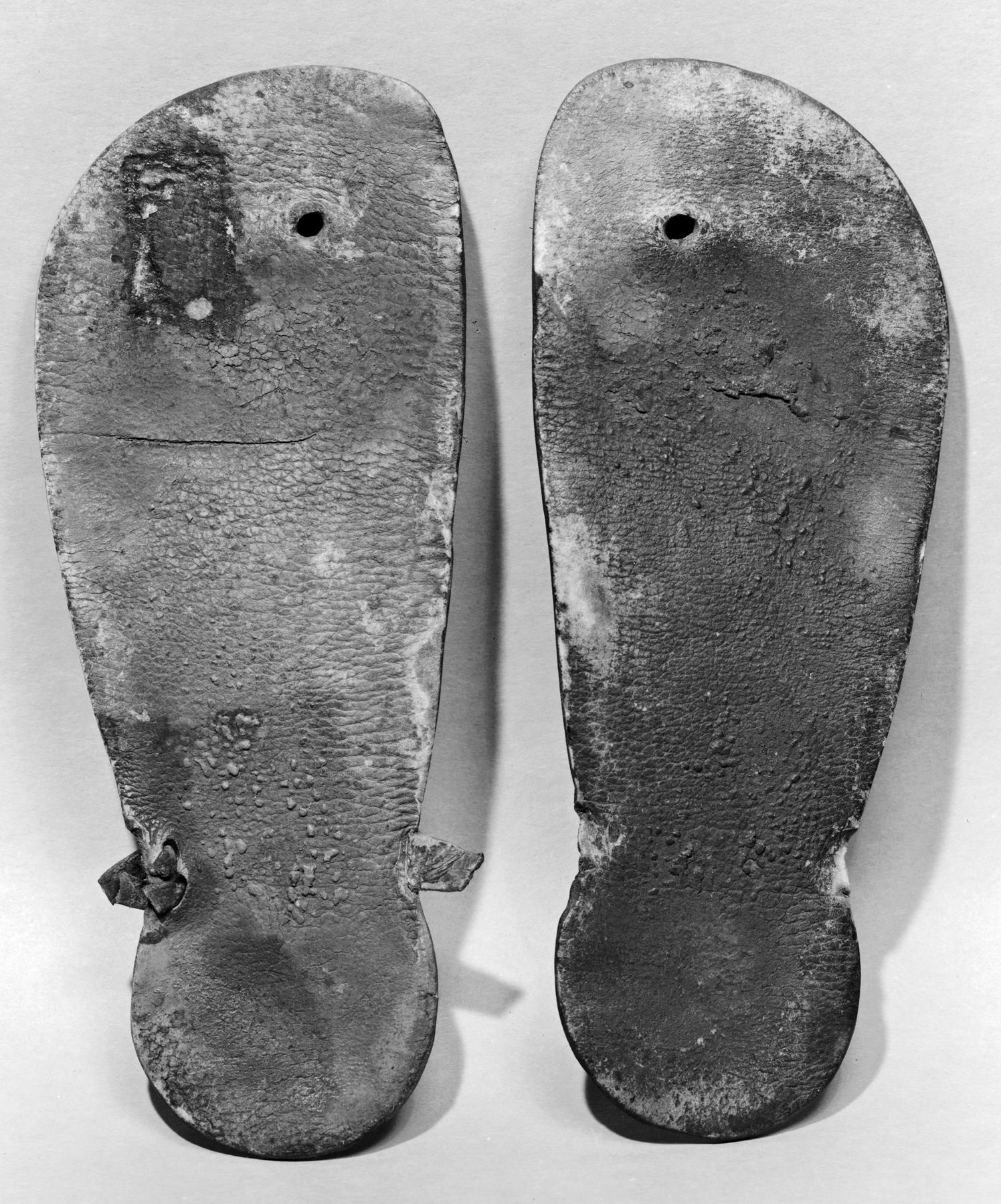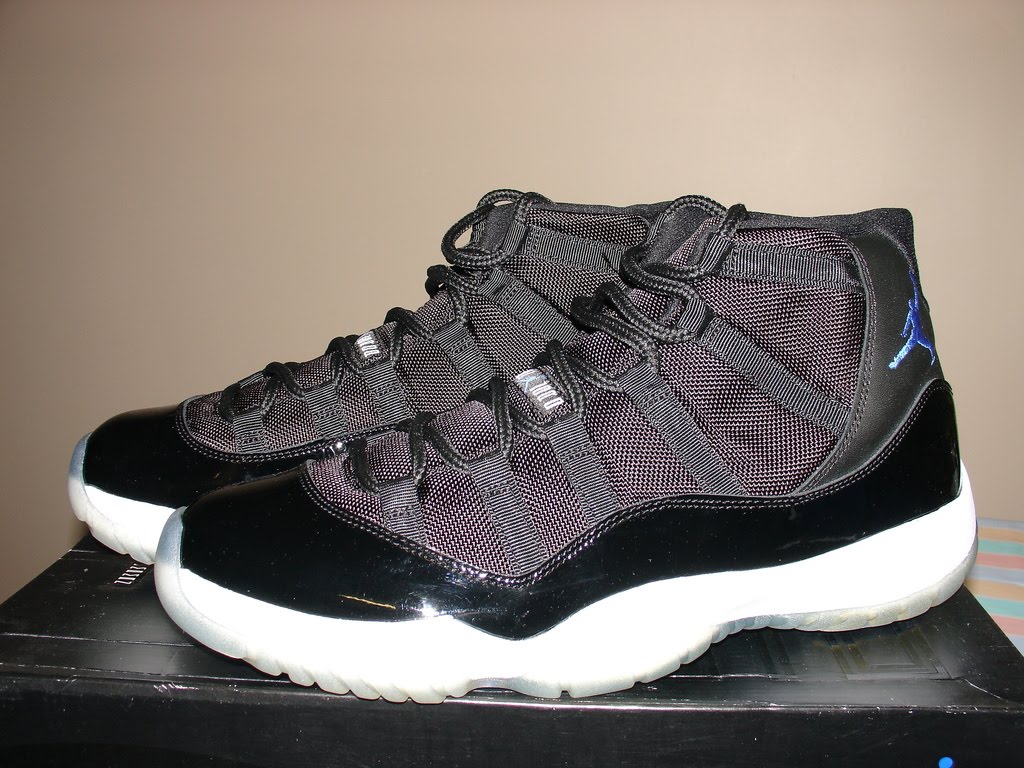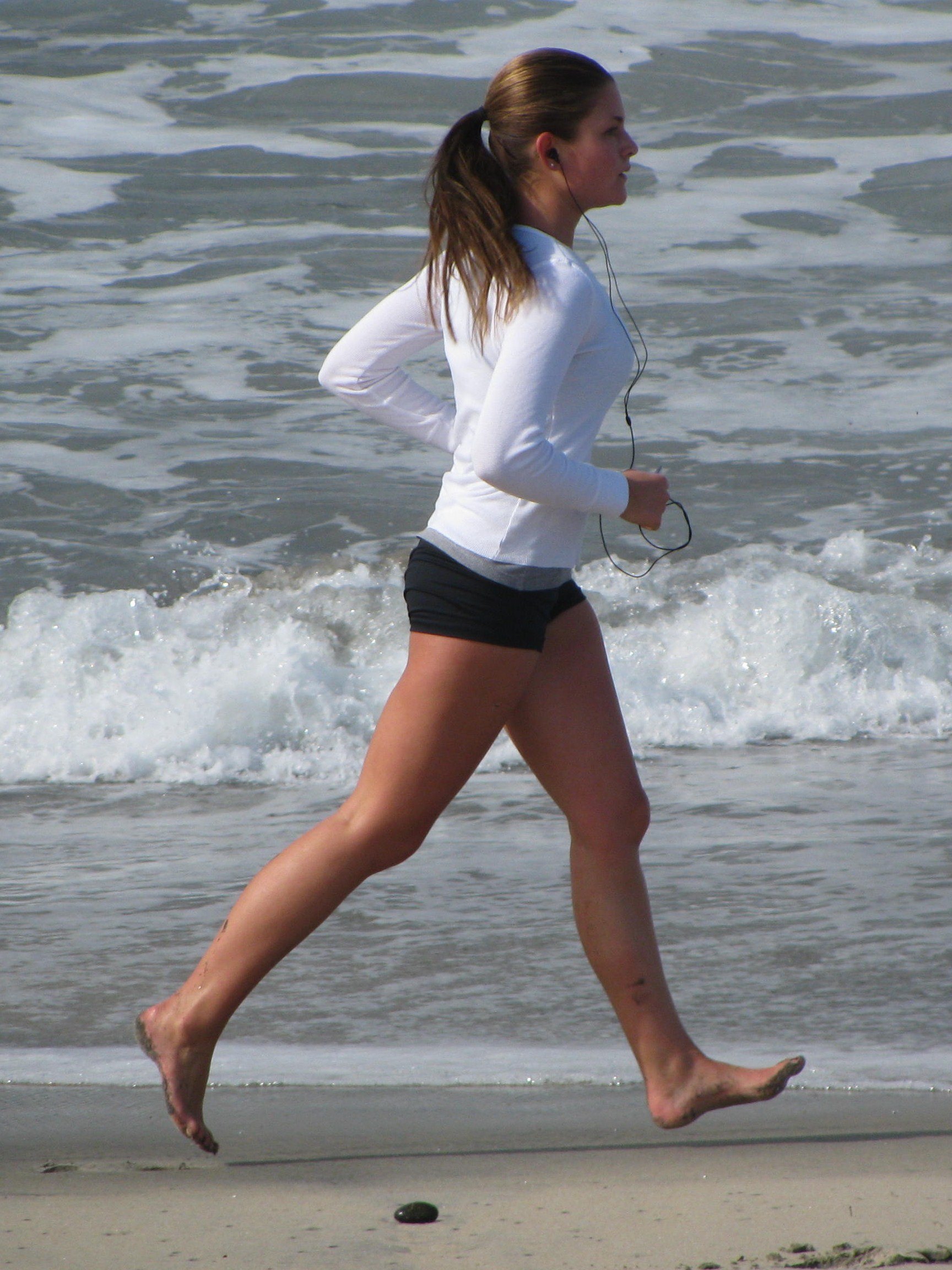|
Huarache (running Shoe)
Huaraches are an open type of outdoor footwear, consisting of a sole held to the wearer's foot by straps passing over the instep and around the ankle. The common understanding is that these sandals were a variant of traditional Mexican huaraches, the difference being in design and construction. These sandals are favoured by minimalist runners for several reasons. They force the foot and the runner to run with a natural gait. They also help protect the foot from glass, gravel, and other debris. In Christopher McDougall's book ''Born to Run'' the author describes the Rarámuri of the Mexican Copper Canyons teaching a fellow runner how to build huaraches. Design The primary design difference from traditional huaraches is in the straps that cover the front of the foot. In the traditional sandals, the straps are woven in an intricate design. In the variant used for running, the straps are much simpler and less ornate. Construction Huaraches were originally made from leather, ... [...More Info...] [...Related Items...] OR: [Wikipedia] [Google] [Baidu] |
Vibram
Vibram S.p.A. is an Italian company based in Albizzate, Italy, that both manufactures and licenses the production of Vibram-branded rubber outsoles for footwear. The company is named after its founder, Vitale Bramani, who is credited with inventing the first rubber lug soles. Vibram soles were first used on mountaineering boots, replacing leather soles fitted with hobnails or steel cleats which were commonly used up until then. The soles produced by Vibram are called Vibram soles, Vibram rubber or simply Vibram. History The deaths of six of Bramani’s mountaineering friends in the Italian Alps on September 15, 1935 was partly blamed on “inadequate footwear”. The tragedy drove Bramani to develop a new climbing sole. Two years later, he patented his invention and launched the first rubber lug soles on the market with a new tread design called the “Carrarmato” (i.e. “tank tread”), with the financial backing of Leopoldo Pirelli of Pirelli Tyres. The sole was designe ... [...More Info...] [...Related Items...] OR: [Wikipedia] [Google] [Baidu] |
TED (conference)
TED Conferences, LLC (Technology, Entertainment, Design) is an American-Canadian non-profit media organization that posts international talks online for free distribution under the slogan "ideas worth spreading". TED was founded by Richard Saul Wurman and Harry Marks in February 1984 as a tech conference, in which gave a demo of the compact disc that was invented in October 1982. It has been held annually since 1990. TED covers almost all topics – from science to business to global issues – in more than 100 languages. To date, more than 13,000 TEDx events have been held in at least 150 countries. TED's early emphasis was on technology and design, consistent with its Silicon Valley origins. It has since broadened its perspective to include talks on many scientific, cultural, political, humanitarian, and academic topics. It has been curated by Chris Anderson, a British-American businessman, through the non-profit TED Foundation since July 2019 (originally by the non ... [...More Info...] [...Related Items...] OR: [Wikipedia] [Google] [Baidu] |
Flip-flops
Flip-flops are a type of light sandal, typically worn as a form of casual footwear. They consist of a flat sole held loosely on the foot by a Y-shaped strap known as a toe thong that passes between the first and second toes and around both sides of the foot or can be a rigid base with a strap across all the toes. This style of footwear has been worn by the people of many cultures throughout the world, originating as early as the ancient Egyptians in 1,500 B.C. In the United States the flip-flop has been popularized from the Japanese ''zōri'', after World War II as soldiers brought them back from Japan. They became a prominent unisex summer footwear starting in the 1960s. Etymology Although the Beach Boys 1964 song All Summer Long mentions "T-shirts, cut-offs, and a pair of thongs", the term ''flip-flop'' has been used in American and British English since the 1960s to describe the thong or no-heel-strap sandal. This type of footwear is also known as " slides" or "sliders". ... [...More Info...] [...Related Items...] OR: [Wikipedia] [Google] [Baidu] |
Athletic Shoe
Sneakers (also called trainers, athletic shoes, tennis shoes, gym shoes, kicks, sport shoes, flats, running shoes, or runners) are shoes primarily designed for sports or other forms of physical exercise, but which are now also widely used for everyday casual wear. Since their popularization by companies such as Converse, Nike and Spalding in the mid 20th century, they have become attire, with variety growing in many global markets exponentially. Like other parts of the global clothing industry, manufacture of shoes is heavily concentrated in Asia with nine in ten shoes produced in that region. Contemporary sneakers are largely made from synthetic materials, and the materials and manufacturing process produce, on average, about of CO2 emissions. Some companies are trying to substitute more sustainable materials in their manufacture. About 90% of shoes end up in landfills at end of life. Names and etymology The shoes have gone by a variety of names, depending on geograph ... [...More Info...] [...Related Items...] OR: [Wikipedia] [Google] [Baidu] |
Barefoot Running
Barefoot running, also called "natural running", is the act of running without footwear. With the advent of modern footwear, running barefoot has become less common in most parts of the world but is still practiced in parts of Africa and Latin America. In some Western countries, barefoot running has grown in popularity due to perceived health benefits. Scientific research into the practice of running barefoot has not reached a clear consensus regarding its risks or its benefits. While footwear might provide protection from cuts, bruises, impact and weather, proponents argue that running barefoot reduces the risk of chronic injuries (notably repetitive stress injuries) caused by heel striking in padded running shoes. The barefoot movement has prompted some manufacturers to introduce thin-soled and flexible shoes such as traditional moccasins and huaraches for minimalist running. History Throughout most of human history, running was performed while barefoot or in thin-soled s ... [...More Info...] [...Related Items...] OR: [Wikipedia] [Google] [Baidu] |
Parachute Cord
Parachute cord (also paracord or 550 cord when referring to type-III paracord) is a lightweight nylon kernmantle rope originally used in the suspension lines of parachutes. This cord is now used as a general purpose utility cord. This versatile cord was used by astronauts during the 82nd Space Shuttle mission to repair the Hubble Space Telescope. The braided sheath is usually made up of 32 interwoven strands, giving it a relatively smooth texture. The all-nylon construction makes paracord somewhat elastic. Current technical standards for the manufacture of cord for use in parachutes are published by the Parachute Industry Association. The now inactivated US military standard MIL-C-5040H required the material to be nylon. Similar styles of cord are manufactured with other materials such as polyester. Usage Historically associated with airborne units and divisions, paracord is not used as cordage for modern "square" parachutes. However, it continues to be used by many militar ... [...More Info...] [...Related Items...] OR: [Wikipedia] [Google] [Baidu] |
Nylon
Nylon is a generic designation for a family of synthetic polymers composed of polyamides ( repeating units linked by amide links).The polyamides may be aliphatic or semi-aromatic. Nylon is a silk-like thermoplastic, generally made from petroleum, that can be melt-processed into fibers, films, or shapes. Nylon polymers can be mixed with a wide variety of additives to achieve many property variations. Nylon polymers have found significant commercial applications in fabric and fibers (apparel, flooring and rubber reinforcement), in shapes (molded parts for cars, electrical equipment, etc.), and in films (mostly for food packaging). History DuPont and the invention of nylon Researchers at DuPont began developing cellulose based fibers, culminating in the synthetic fiber rayon. DuPont's experience with rayon was an important precursor to its development and marketing of nylon. DuPont's invention of nylon spanned an eleven-year period, ranging from the initial research pr ... [...More Info...] [...Related Items...] OR: [Wikipedia] [Google] [Baidu] |
Polyester
Polyester is a category of polymers that contain the ester functional group in every repeat unit of their main chain. As a specific material, it most commonly refers to a type called polyethylene terephthalate (PET). Polyesters include naturally occurring chemicals, such as in plants and insects, as well as synthetics such as polybutyrate. Natural polyesters and a few synthetic ones are biodegradable, but most synthetic polyesters are not. Synthetic polyesters are used extensively in clothing. Polyester fibers are sometimes spun together with natural fibers to produce a cloth with blended properties. Cotton-polyester blends can be strong, wrinkle- and tear-resistant, and reduce shrinking. Synthetic fibers using polyester have high water, wind and environmental resistance compared to plant-derived fibers. They are less Fireproofing, fire-resistant and can melt when ignited. Liquid crystalline polyesters are among the first industrially used liquid crystal polymers. They are use ... [...More Info...] [...Related Items...] OR: [Wikipedia] [Google] [Baidu] |
Leather
Leather is a strong, flexible and durable material obtained from the tanning, or chemical treatment, of animal skins and hides to prevent decay. The most common leathers come from cattle, sheep, goats, equine animals, buffalo, pigs and hogs, and aquatic animals such as seals and alligators. Leather can be used to make a variety of items, including clothing, footwear, handbags, furniture, tools and sports equipment, and lasts for decades. Leather making has been practiced for more than 7,000 years and the leading producers of leather today are China and India. Animal rights groups claim that modern commercial leather making and the consumption of its products is unethically killing animals. According to the life-cycle assessment (LCA) report for the United Nations Industrial Development Organization, 99% of the raw hides and skins used in the production of leather derive from animals raised for meat and/or dairy production. Critics of tanneries claim that they engage in uns ... [...More Info...] [...Related Items...] OR: [Wikipedia] [Google] [Baidu] |
Shoelaces
Shoelaces, also called shoestrings (US English) or bootlaces (UK English), are a system commonly used to secure shoes, boots, and other footwear. They typically consist of a pair of strings or cords, one for each shoe, finished off at both ends with stiff sections, known as aglets. Each shoelace typically passes through a series of holes, eyelets, loops or hooks on either side of the shoe. Loosening the lacing allows the shoe to open wide enough for the foot to be inserted or removed. Tightening the lacing and tying off the ends secures the foot firmly within the shoe. The laces can be tied in different shapes, most commonly a simple bow. Shoelace construction Traditional shoelaces were made of leather, cotton, jute, hemp, or other materials used in the manufacture of rope. Modern shoelaces often incorporate various synthetic fibers, which are generally more slippery and thus more prone to coming undone than those made from traditional fibers. On the other hand, smooth synth ... [...More Info...] [...Related Items...] OR: [Wikipedia] [Google] [Baidu] |
Tire Tread
The tread of a tire or track refers to the rubber on its circumference that makes contact with the road or the ground. As tires are used, the tread is worn off, limiting its effectiveness in providing traction. A worn tire can often be retreaded. The word tread is often used casually to refer to the pattern of grooves molded into the rubber, but those grooves are correctly called the tread pattern, or simply the pattern. The grooves are not the tread, they are in the tread. This distinction is especially significant in the case of racing slicks, which have much tread but no grooves. Tires Street tires The grooves in the rubber are designed to allow water to be expelled from beneath the tire and prevent hydroplaning. The proportion of rubber to air space on the road surface directly affects its traction. Design of tire tread has an effect upon noise generated, especially at freeway speeds. Generally there is a tradeoff of tread friction capability; deeper patterns of ... [...More Info...] [...Related Items...] OR: [Wikipedia] [Google] [Baidu] |










